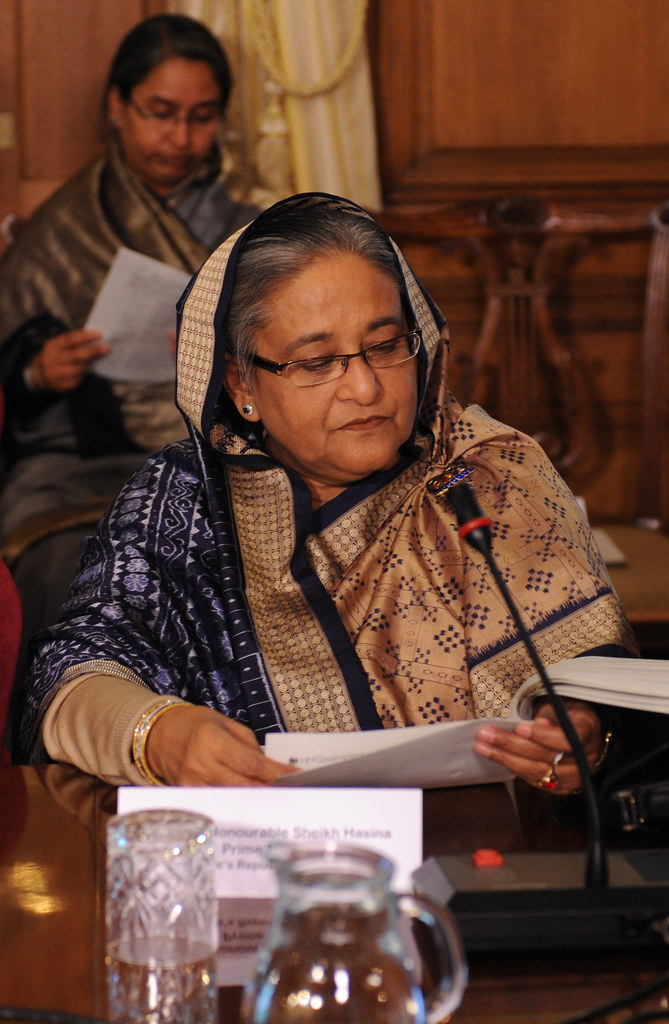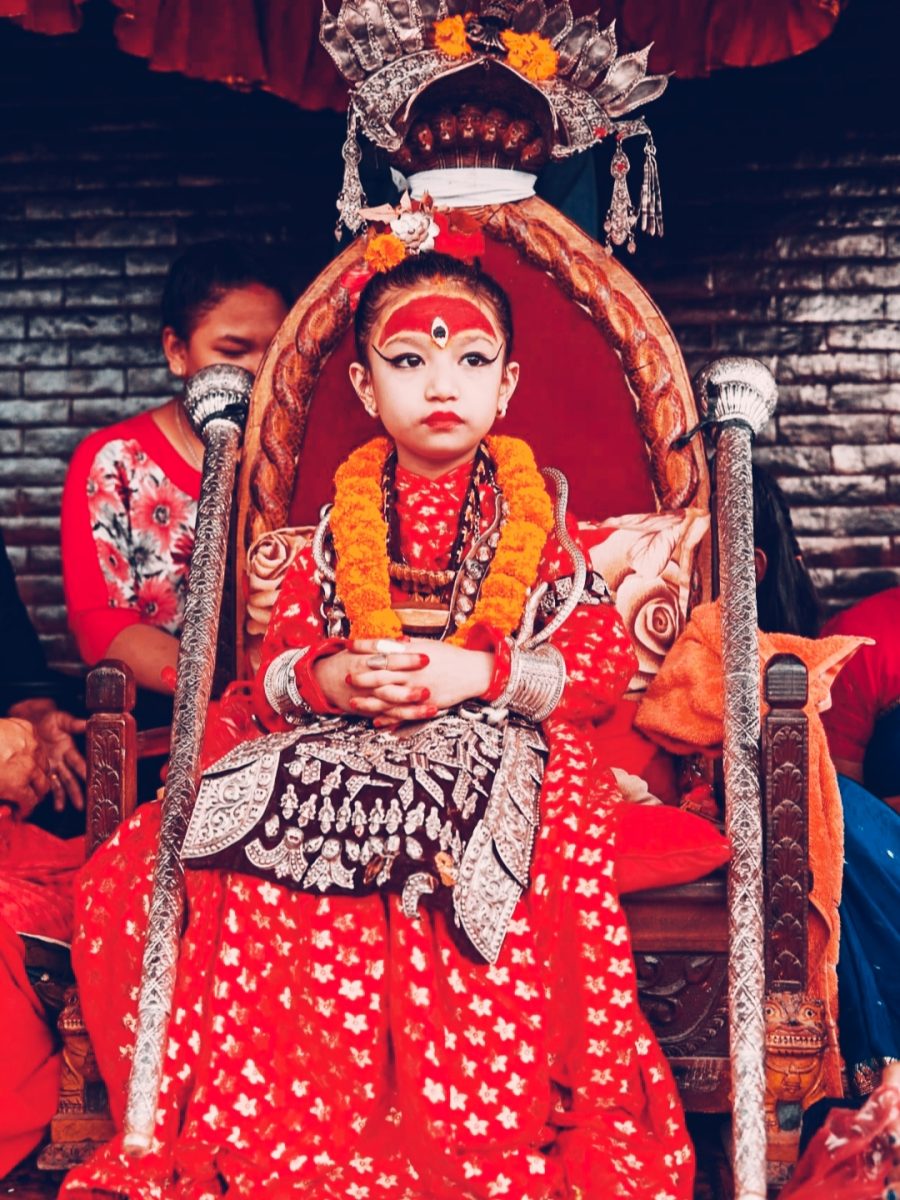After 15 years of paranoia and repression, Sheikh Hasina, the previous prime minister of Bangladesh has fled her home, giving 170 million people a fresh start. However, with her disappearance, came many reports of abuse in the recent past. According to The New York Times, “embedded in that effort’s deepest recesses was Ms. Hasina’s program of enforced disappearances. Beginning in 2009, over 700 people have vanished without a trace after being abducted by her security forces, targeted in some cases over the smallest of political actions: organizing an opposition rally, blocking a road in protest, or just posting an angry message on social media.
Mir Ahmad Quasem Arman, previously a lawyer, disappeared at the hands of paramilitary forces in 2016, leaving his young daughters and wife behind. Although he held no criminal record himself, he was blamed for his father’s time as an Islamic activist. On August 5, Arman appeared as a shadow of his former self, gaunt and with hair that was noticeably thinning. He stated that the only thing that kept him alive was thinking about his family as “[he] prayed to God every time that [he] couldn’t be with my family in this world…”
However, Arman wasn’t alone. Many victims who were taken by the government under Hasina’s order were either killed or discarded, but most were trapped in a secret prison, code-named the “House of Mirrors.” It was given this name because detainees weren’t allowed to see anything else besides themselves.
According to NDTV, all prisoners “faced direct physical torture during interrogations” and were shackled around the clock in windowless solitary confinement. The complex featured long hallways with six rooms, each positioned to face away from the others. At either end were two types of toilets: a standing one and a squatting one. In addition, each cell was equipped with large exhaust fans designed to not only muffle the guards’ conversations but also to push the detainees toward insanity.
One detainee, Abdullahil Amaan Azmi, a retired army general, recalled in the eight years he was held captive that he was blindfolded and handcuffed around 41,000 times. Azmi stated that haircuts and medical checkups were scheduled every couple of days to ensure that they stayed alive, but there was no guarantee. Surviving detainees stated that the worst part of being imprisoned was “the constant fear that they could be executed at any moment.”
Maroof Zaman, a former ambassador from Bangladesh, was detained in the House of Mirrors for 467 days before reappearing in 2019. Zaman located the detention facility on google maps, now known as Aynaghor, which is translated as House of Mirrors in Bengali. Zaman explained how “every Friday, you could hear the children singing” as well as other parades which is how he knew that he was at a military base.
Although the prisoners were released, there were serious side effects that freed prisoners reported. Azmi, the retired general, explained how he was blindfolded so tightly, he endures “eye pain, tooth decay, and skin sores.” While Mr. Arman was able to reunite with his family, he suffers from nightmares.
While many were released from the detention center, there are still faces that haven’t reappeared like the others. Mothers of children who are missing put together a protest group called Mayer Daak, or “the mother’s call,” demanding answers about their child. “We are done waiting,” a mother said to a reporter. “What we want is something concrete.”








